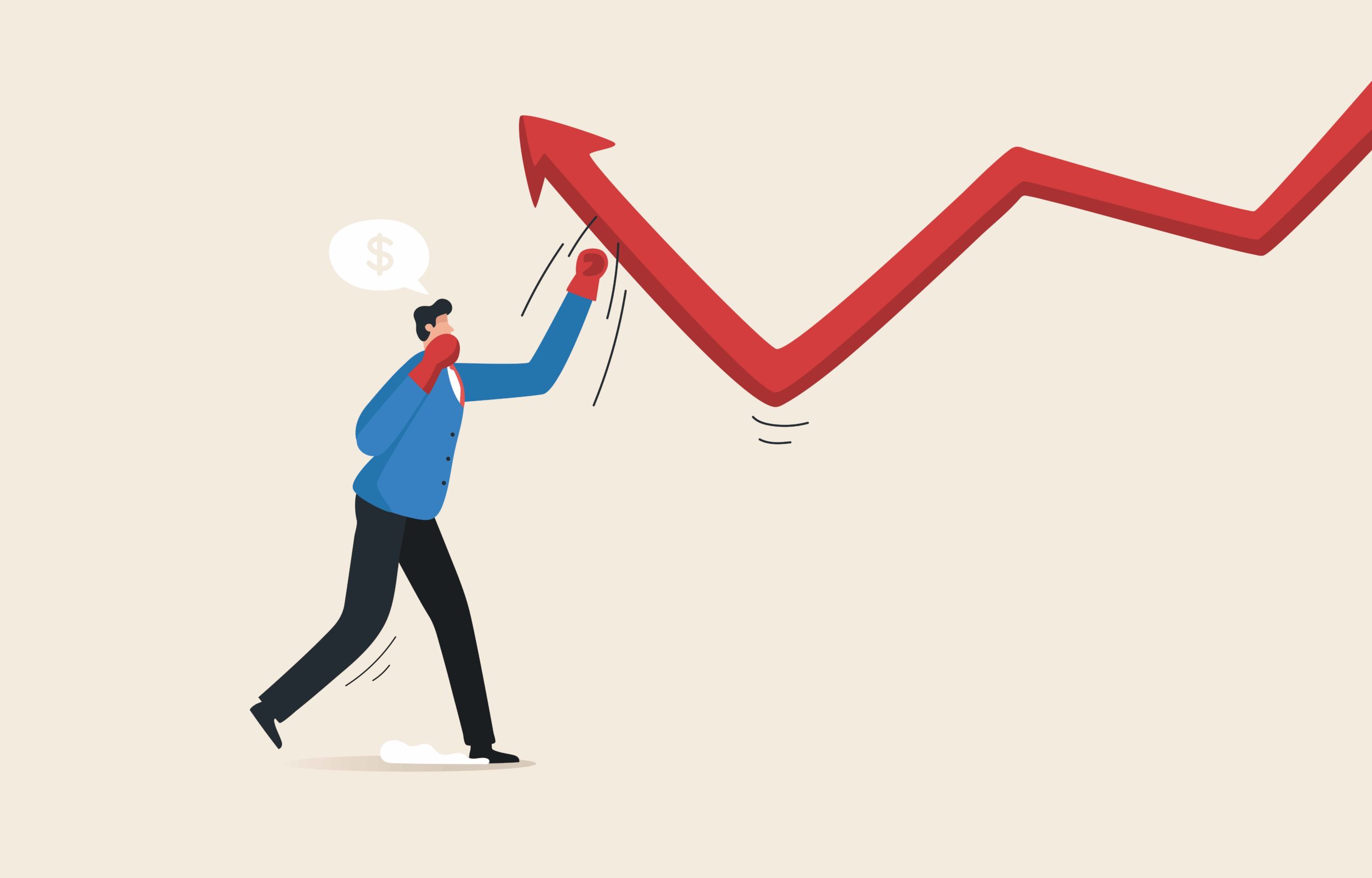(Justin Vaughn, Editor, Options Trading Report)
The S&P 500 just finished its worst three week loss cycle since March 2023, with the Nasdaq Composite and Dow Jones Industrial Average following lower. High techs (and high flyers) led the losers, as the sell-off spared no sectors. For the year the Nasdaq Composite and the S&P 500 have surged ahead 27% and 13% respectively, while in September both have fallen 5.4% and 3.8%, stunning numbers and hopefully not a trend. Even the bond market followed suit, as Treasuries edged downward from Thursday’s high. The 10-year bond dropped to 4.438%, still a lofty level, as the bond sector has been attracting heavy inflows of capital as the run-up neared 5%.
Monday’s market was ‘hesitant,’ higher, with Dow Jones creeping up 43 points, as Treasuries continued to put pressure on securities. The 10-year yield finished at 4.541%, a bit higher from Friday’s close of 4.438%. Investors and traders have a close eye on the 10-year Treasury as movements higher, signal that stocks take on a riskier status. Oil prices remain strong, moving steadily higher, testing the $100.00 level, with pump prices nearing $4.00 a gallon, up a staggering 25% since January 2023. Oil is presently at $92.72 a barrel, with Brent Crude at $93.99 a barrel.
Tuesday’s market turned, as stocks fell, feeling the pressure from ‘all sides.’ Three-fold concerns shrouded the market: the strong U.S. dollar (and getting stronger), bond yields that show no weakening, and fears of a government financial crisis-coming soon. “Dollar up, rates up–that’s really all that matters right now,” said Michael Antonelli, market strategist at Baird. Bond yields (“Bond yields rise when bond prices fall”), have gained 4% since August 1st, reflecting a robust economy. As the Treasuries continue to lure investors away from stocks and other sectors, all indexes have stalled, unable to show bullish gains, strapping the indexes. Investors and traders are now bracing for what could be a lengthy Government shutdown. As the shutdown ‘day’ nears, lawmakers are frustrated, unable to negotiate a mutual resolution. The Senate and the House are preparing plans, with little optimism. “There’s not enough time,” said Rep.Steve Womack (R., Ark.). President Biden has cautioned that a shutdown could, “harm the economy and halt vital government services.”
The roller-coaster ride continued on Wednesday, ending the session mixed, with the Dow-Jones Industrial Average dropping 0.2%, while the S&P 500 and Nasdaq Composite were near even. “There might be a bit of sellers’ exhaustion,” said Chris Zaccarelli, chief investment officer for Independent Advisor Alliance. “We do believe this pullback is a temporary thing.” Noteworthy on Wednesday, the 10-year Treasury finished on a record- a yield of 4.625%- a 16 year high. The higher Treasury yields and the stronger dollar harm the bottom-line of companies doing business outside the U.S. Also these higher yields create much higher “borrowing costs” deeply affecting domestic concerns and those companies doing business with foreign corporations.
The UAW strike is taking a broader stance, as the union threatens to target more manufacturing facilities, to be announced on Friday. Demands by the auto workers are like never-before, with the Big-Three facing possibly the most costly settlement ever.
Ten Hot Stocks With Massive Upside Potential
America’s #1 Pattern Trader has found a way to squeeze profits out of Wall Street’s biggest names – giving folks the chance to make 25%, 75%, even 100+% on any given trade within a few days’ time. Today he’s lined up 10 stock patterns, including the stock names, how much they could increase, and when he believes it’ll happen.
Just follow his instructions step-by-step.
RUMBLINGS ON THE STREET
Gregg Fisher, founder and portfolio manager of Quent Capitol, WSJ “Risk management should be important to people right now,” said Mr. Fisher. “We’re in a new era.”
Eric Sterner, chief investment officer at Apollon Wealth Management, WSJ “There has been disagreement between what the Fed has been saying, what the bond market was doing and what the equity market was doing,” said Mr. Sterner. “They are all starting to come together.”
Art Hogan, chief market strategist at B Riley Wealth Management, WSJ “The fear is that stronger-than-expected growth will force the Fed to maintain its restrictive stance for some time.”
Tom Roseen, head of research services at LSEG Lipper, WSJ “Hawkish Fed comments pushed investors to the sidelines.”
Emerson Ham III, senior partner at Sound View Wealth Advisors, WSJ “With rates getting to the level they are, you’ve got to think it’s going to impact the economy, and I think the market is coming around to that point of view,” said Mr. Ham III. “The good news out there in the marketplace is you can get decent yields on fixed income,” he added.

